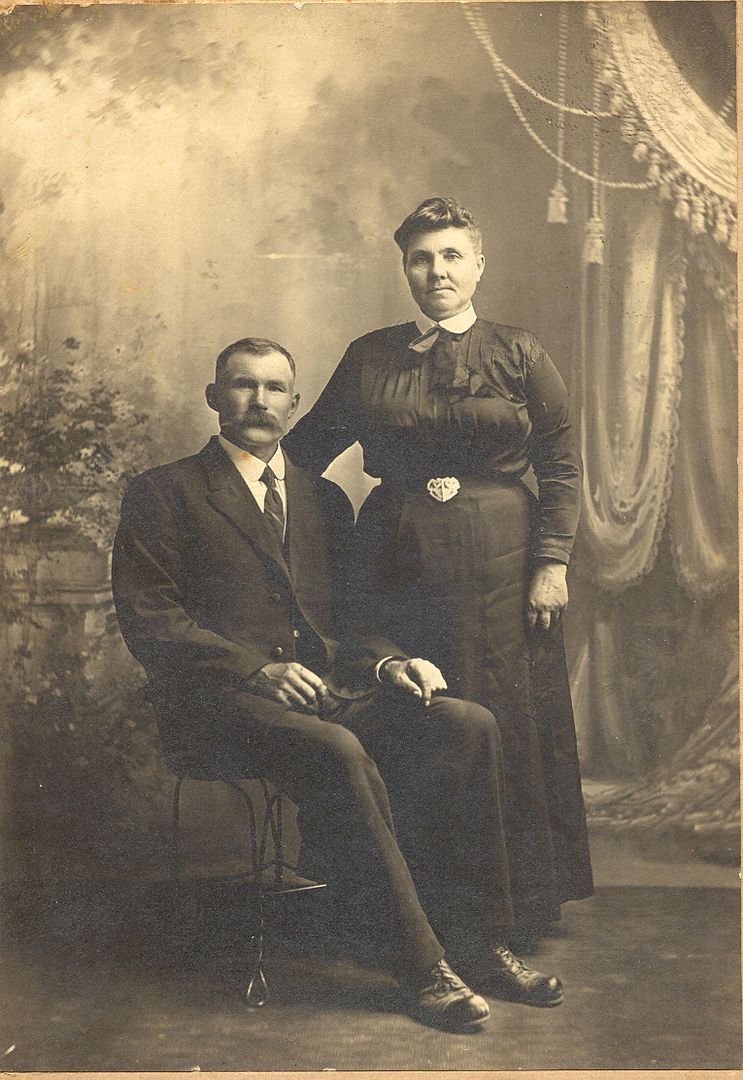
“How often have I said to you that when you have eliminated the impossible whatever remains, HOWEVER IMPROBABLE, must be the truth?”
In 1889, Arthur Conan Doyle, struggling young London physician and aspiring writer, had one of those magical moments that save a career and change literary history. He’d already sold a detective story called A Study In Scarlet to an English publication, and now an American publisher, Joseph Marshall Stoddart of Lippincott’s Monthly Magazine, was asking for a follow-up. His company proposed to start an English version of their magazine, and they wanted the rights to a new story that would be printed both in Britain and America (music to a writer’s ears!). Stoddart invited Doyle, along with several other writers (Oscar Wilde was one of them, and would influence one of the characters in the final story), to a dinner at the Langham Hotel on August 30. Doyle agreed to bring Sherlock Holmes – who’d never been intended as more than a one-off character – to life again in a serialized novel to be called The Sign of the Four.
The story opens in Holmes’ and Dr. Watson’s lodgings, where Holmes is suffering a period ennui for lack of work. (This is the first time we learn of his cocaine use, to which Watson strenuously objects.) Then they are visited by Miss Mary Morstan, a young woman Watson finds extremely charming. She tells them that a mysterious benefactor has been sending her periodic gifts of valuable pearls. Now she has an invitation to visit a man named Thaddeus Sholto, who tells her she has been grievously wronged, and he wishes to put things right. Holmes and Watson agree to accompany her to see the man, who proves to be a hypochondriacal esthete (the Wilde influence). He says he is the son of a recently deceased retired officer from India, who was a close friend to Mary’s father. But his father, he says, cheated her father, taking possession of a treasure that should have been shared by both. Now his brother Bartholemew also refuses to divide the wealth. Thaddeus asks them to go with him to face Bartholemew and get Mary’s rights for her.
But when they all go together to see Bartholemew, they find him hideously murdered and the treasure missing. The police, when they arrive, arrest the hapless Thaddeus. Holmes and Watson take their own line in the case, following up Holmes’ scientific observations and deductions. Eventually it will all lead to a reckless chase down the Thames in steam launches, and a lurid confession from the true murderer.
One can discern an acquisitions editor’s hand in the framing of The Sign of the Four. To appeal to readers’ tastes, Doyle has added a couple elements missing from A Study In Scarlet. First there’s a romance (one is happy for Watson in finding a wife, though Doyle never knew what to do with her in later stories and fans have happily wasted tons of paper arguing back and forth how many times Watson was married). Secondly, there’s a chase, employing about the fastest transportation technology available at the time.
TSOTF has never been one of my favorite Holmes stories. Mainly (as I said in my previous review) I don’t much care for the foreign excursion; I like Holmes in his element – yellow fog and hansom cabs, top hats and bowlers. And Doyle generally does foreign cultures somewhat poorly – this story features three Sikhs in India named Mahomet Singh, Dost Akbar, and Abdullah Khan. Of all those name elements, only Singh would be used by actual Sikhs. The rest are Muslim names, absurd in context.
Doyle was not the first or last detective writer to distort police procedures for the sake of his plot, but the deviations seem pretty extreme here – would a police inspector actually allow a treasure box that’s material evidence in a homicide case to be carried to a private person’s home before examining it before witnesses? Whatever happened to chain of custody?
This is also the story where Doyle’s memory fails him, and he informs us Watson is suffering from a leg wound from Afghanistan, rather than the shoulder wound he had in A Study In Scarlet. More inexhaustible fuel for controversies among Holmes scholars.
Still, it’s a Holmes story, and not a bad one in its best parts. (The quotation at the top of this review, one of Holmes’ best-remembered lines, comes from TSOTF.) I always had the idea that it was this story that made Sherlock Holmes a public sensation, but that’s not true. It was the short stories, which Doyle would now begin writing, that would really put him on the literary map.






